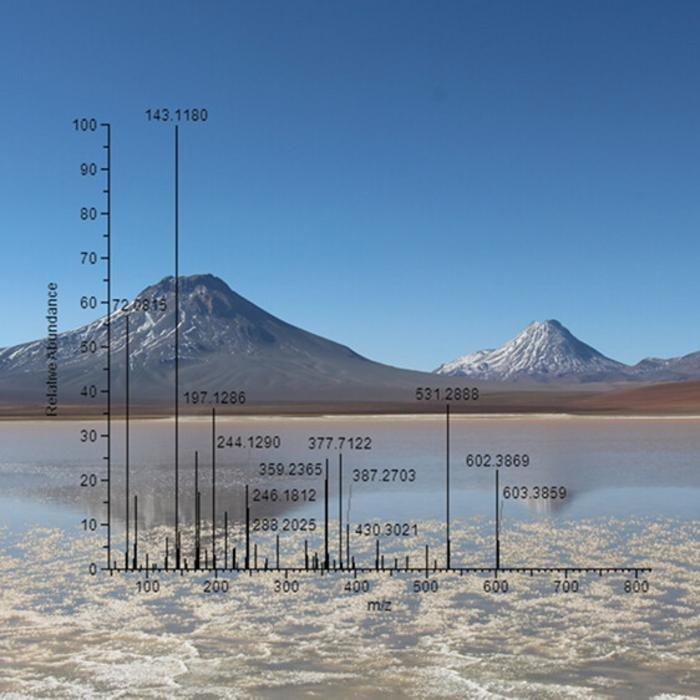Microorganisms with perfect adaptations can survive in harsh settings, such as deep-sea tunnels and mountain peaks. Scientists may learn more about Earthly life and maybe extraterrestrial life by studying how these extremophiles endure harsh environments.
 Protein fragments identified new types of extremophiles, which survive harsh environments on Earth, and could someday help astrobiologists identify alien life. Image Credit: Adapted from Journal of Proteome Research 2024.
Protein fragments identified new types of extremophiles, which survive harsh environments on Earth, and could someday help astrobiologists identify alien life. Image Credit: Adapted from Journal of Proteome Research 2024.
In the ACS Journal of Proteome Research, researchers describe a strategy for more precise extremophile identification based on protein fragments rather than genetic material. According to the study, two novel resilient bacteria were found in high-altitude lakes in Chile, an environment akin to early Mars.
While humans generally stay away from extremes of temperature, altitude, or both, many bacteria have evolved to survive in these unforgiving environments. Researchers looking for extraterrestrial life are interested in these extremophile microorganisms.
Currently, individual gene sequencing is used by researchers to determine the DNA of bacteria that are present on Earth. However, present techniques are unable to discriminate between closely related species of extremophiles. Therefore, rather than utilizing a gene sequence to identify an extremophile, Ralf Moeller and associates looked into whether they might do so by utilizing its protein signature.
Water samples from five high-altitude Andean lakes located in the Chilean Altiplano (Denver is located around 1 mile above sea level), more than 2.3 miles above sea level, were used by the researchers to begin their demonstration. The scientists cultured 66 microbes from the samples and then ascertained which of the two techniques provided more accurate identification of the microorganisms:
- Conventional gene sequencing identified samples by comparing their nucleotides to a database for the 16s rRNA gene, a common gene for sequence-based microorganism research.
- Using the more recent "proteotyping" method, the researchers were able to identify microbes from proteome databases by generating peptide signatures through the analysis of protein fragments called peptides.
Using these techniques, the scientists could identify 63 of the 66 microorganisms grown from the samples taken from high-altitude lakes. Proteotyping revealed two possibly novel species of extremophile bacteria for the three microorganisms that gene sequencing was unable to identify due to the lack of genetic information in the database.
These findings imply that a more comprehensive method for identifying extremophile bacteria from tiny biological samples may be proteotyping. According to the team, protein profiling may one day aid in the detection and identification of extraterrestrial life as well as improve the understanding of Earth's biodiversity.
Source:
Journal reference:
Runzheimer, K., et al. (2024) Exploring Andean High-Altitude Lake Extremophiles through Advanced Proteotyping. Journal of Proteome Research. doi.org/10.1021/acs.jproteome.3c00538